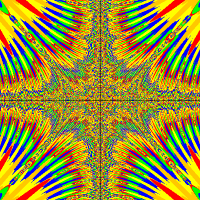Your HealthBarTime class above still has too many fields that it makes it difficult to deal with -- frames, value and timer. All of three of these fields are essentially trying to do the same work.
Your line 79 should be:
or, simply:
which takes the value of timer, with the range (0, 3600), and reduces it to the range (0, 100), which the bar uses.
int percentage = timer*maxValue/3600; // where 3600 is timer maximum
int percentage = timer/36;





